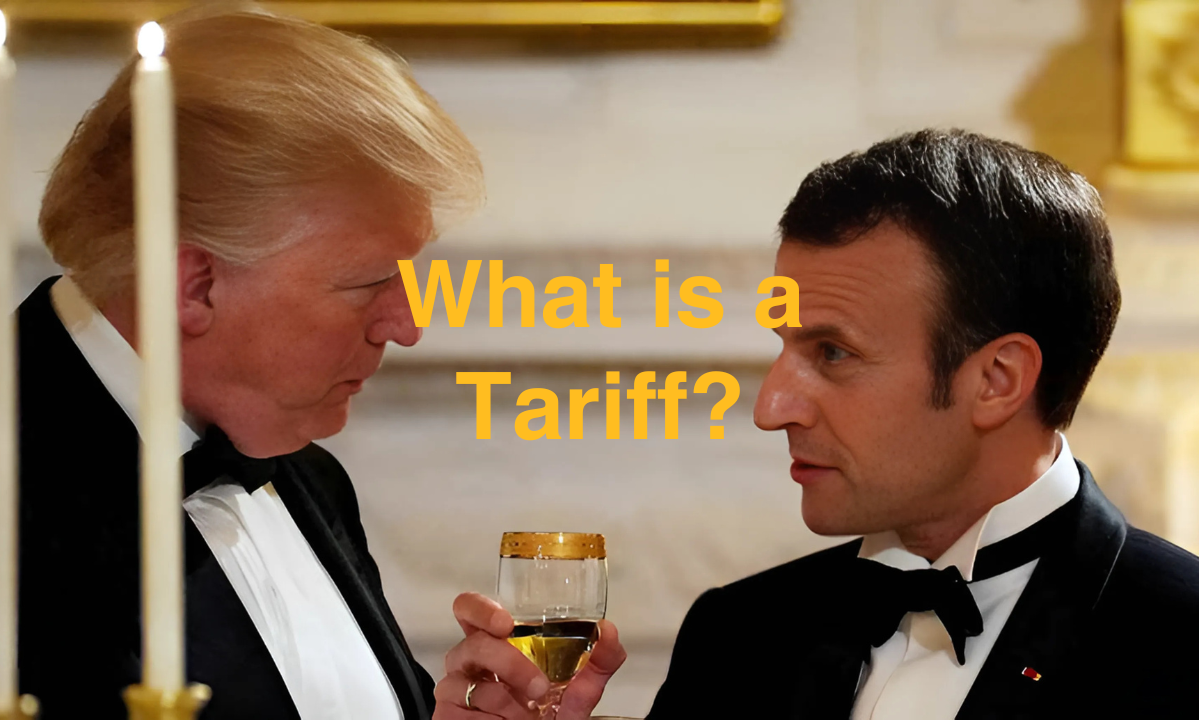Lately, the word ‘tariff’ has been making headlines. Whether you’re an economics buff or just hearing about it now, you might be wondering—will this affect wine prices? As a part of our mission, WTSO will continue to work with our industry partners to bring the best prices we can to our customers. We also prioritize keeping you informed. Let’s break it down and clear up any uncertainty!
What is a Tariff?
A tariff is a tax imposed by a government on imported goods and services. This tax is paid by domestic importers, who often pass the additional cost onto consumers through higher prices. Tariffs are used to protect domestic industries from foreign competition, generate government revenue, and sometimes as leverage in trade negotiations.
2019 Tariffs on European Wines
In October 2019, the Trump administration imposed a 25% tariff on European wine imports, particularly those from France, Spain, Germany, and the UK. This action was part of a broader trade dispute between the U.S. and the European Union over aircraft subsidies. The tariffs affected many European wines with an alcohol content under 14%, leading to increased prices for U.S. consumers and financial strain on importers and retailers.
Current Proposals and Potential Impact
As of early 2025, President Trump has announced new tariffs on imports from Canada, Mexico, and China. Specific details about European wines have not been confirmed. However, the wine industry is concerned about the possible return or introduction of new tariffs on these imports. If implemented, experts warn that consumers could see higher prices and fewer European wines available.
What’s Happening Now
In response to President Trump’s recent tariffs, Canada has implemented several retaliatory measures, particularly affecting American whiskey. Prime Minister Justin Trudeau announced a 25% tariff on U.S. goods totaling $106 billion, including consumer products like alcohol. Provinces such as Ontario have directed liquor stores to cease sales of American alcohol, specifically targeting products from Republican-led states.
These actions are expected to impact U.S. companies exporting to Canada. For instance, Suntory Holdings, owner of brands like Jim Beam and Maker’s Mark, anticipates reduced acceptance of its U.S. products in markets like Canada due to both tariffs and shifting consumer sentiment. The company plans to focus more on domestic U.S. sales to mitigate potential losses abroad.
Consumer Expectations and Actions
In summary, while tariffs are designed to protect domestic industries, they can lead to higher prices and reduced availability of imported goods. Likewise, domestic wine and spirits may become less expensive in the short term as demand abroad decreases. However, if production costs rise on imported materials (like glass, cork, or packaging), prices could increase.
With potential tariffs on the horizon, it’s smart to think ahead. Prices could rise, and some European wines might become harder to find. While no one can predict exactly what will happen, staying informed is key. If there’s a bottle you love, now might be the best time to grab it—after all, our wines are here ’til sold out!



